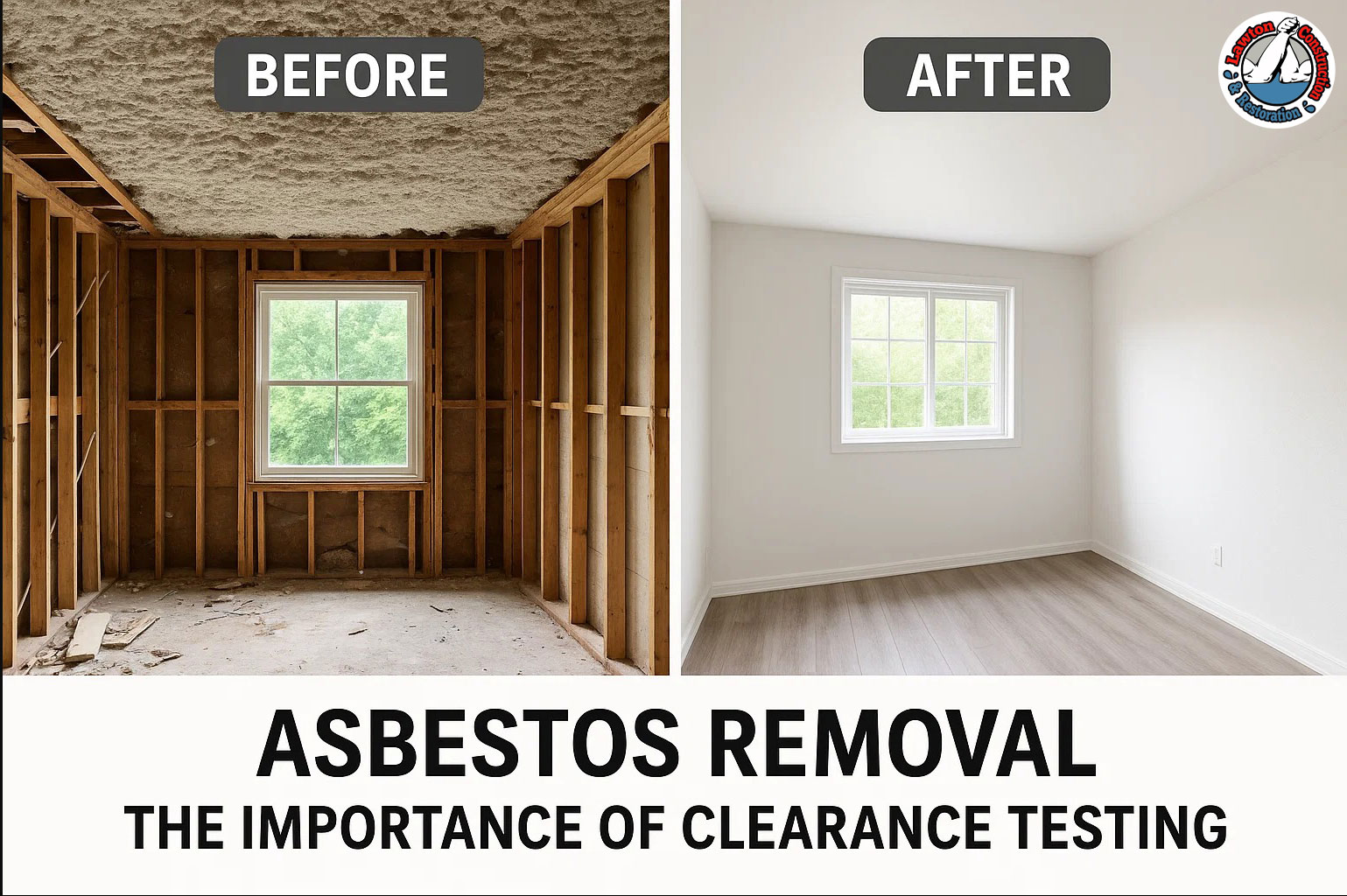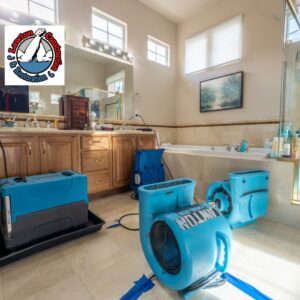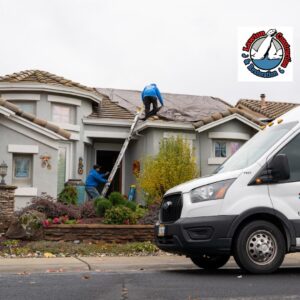Peace of Mind Guaranteed: Essential Post-Asbestos Removal Clearance Testing
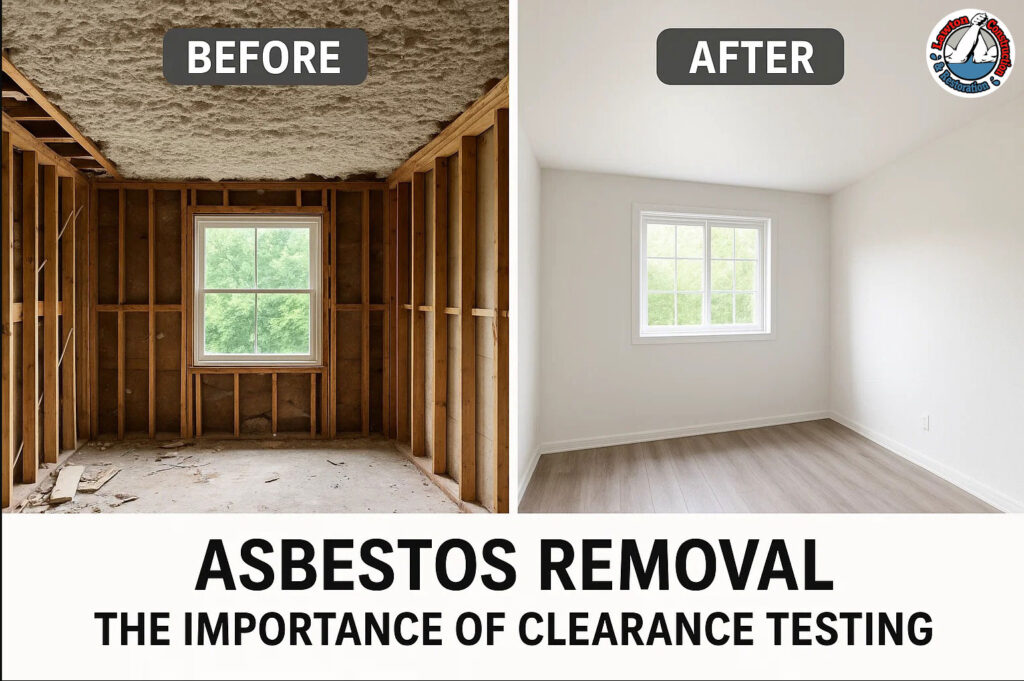
Table of Contents
Introduction
Have you recently completed an asbestos removal project and assumed the danger is behind you? Think again. While the visible threat may be gone, the real assurance of safety only begins with what happens after the removal. This is where post-asbestos removal clearance testing comes in—a crucial step often overlooked, yet essential for protecting your health, your property, and your peace of mind.
You might be asking: “Isn’t removing the asbestos enough?” Not quite. Without professional asbestos clearance testing, there’s no definitive way to confirm the space is truly safe for re-entry. Microscopic asbestos fibers can linger in the air or settle on surfaces, invisible to the eye but harmful when inhaled. This is why post-abatement verification and asbestos air monitoring after removal are more than just formalities—they’re your first line of defense against long-term exposure.
Whether you’re a homeowner, property manager, or contractor, understanding the process of final asbestos inspection is key to ensuring full compliance and protecting everyone who enters the space. In this blog, we’ll walk you through everything you need to know about clearance testing—breaking down technical steps, legal standards, and the peace of mind it delivers after an asbestos project wraps up.
Because when it comes to asbestos, being thorough isn’t just smart—it’s non-negotiable.
1. Understanding Post-Asbestos Removal Clearance Testing
So, the asbestos has been removed. Now what?
If you’re thinking the hard part is over, you’re not alone—but you’re also not quite done. Removing asbestos is just step one. To truly protect your health and ensure regulatory compliance, the space must undergo asbestos clearance testing—a systematic process designed to verify that your environment is genuinely safe for re-entry.
What Is Asbestos Clearance Testing, and Why Does It Matter?
Imagine moving back into your home or opening your business doors again, only to later discover airborne asbestos fibers were never fully cleared. Scary thought, right? That’s exactly what post-asbestos removal testing helps prevent.
Asbestos clearance testing is a post-removal inspection process that confirms no hazardous fibers remain in the air or on surfaces. It involves a detailed combination of visual assessments, air sampling, and sometimes surface testing—depending on the site and local regulations.
This isn’t just about peace of mind—though you’ll get plenty of that. It’s also about:
- Protecting your long-term health
- Avoiding liability in property sales or renovations
- Meeting legal and environmental compliance standards
Debunking the Myth: “If It’s Gone, It’s Safe”
Many property owners believe that once asbestos-containing materials are removed, the space is safe to reoccupy. Unfortunately, that’s not always the case. Even small amounts of residual dust or improperly contained fibers can pose serious risks. That’s why professionals rely on post-abatement verification methods, including asbestos air monitoring after removal, to detect even microscopic traces.
Why Clearance Testing Isn’t Optional
Let’s get one thing clear: this isn’t a nice-to-have—it’s a must. In many jurisdictions, including states like California, asbestos clearance testing is not only recommended but often required by law before re-occupancy. Failing to complete this critical step can result in fines, legal issues, or worse—ongoing exposure to one of the most dangerous construction materials ever used.
Key Takeaways
- Post-asbestos removal isn’t complete without clearance testing.
- Testing protects your health, ensures regulatory compliance, and offers documented proof of safety.
- Methods include visual inspections, air sample collection, and laboratory analysis of any lingering asbestos fibers.
By understanding and prioritizing final asbestos inspection, you’re not just ticking a box—you’re actively safeguarding your space, your loved ones, and your future.
2. Key Components of Clearance Testing
You might be wondering, “What exactly happens during asbestos clearance testing?” Great question—because understanding the process is just as important as scheduling it.
After an asbestos removal project, the goal isn’t just to clean up the mess—it’s to prove the space is safe. That proof comes from several critical testing components that, when combined, provide a clear picture of whether asbestos fibers still pose a risk.
Let’s break it down.
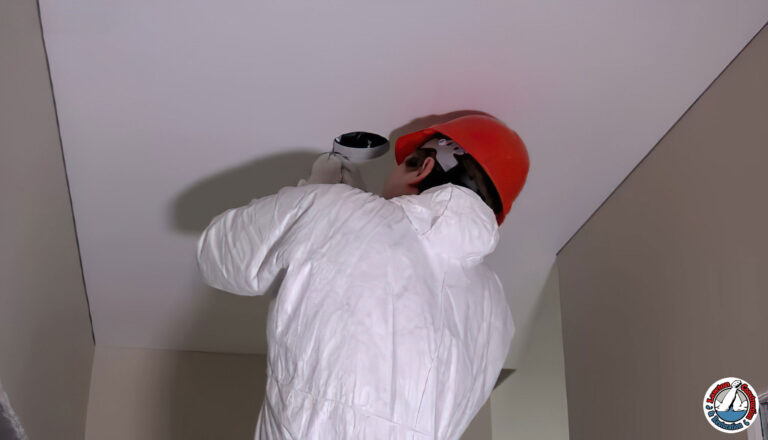
✅ 1. Visual Inspection: The First Gatekeeper
Before any high-tech tools come out, a certified inspector will conduct a thorough visual inspection of the site. They’re looking for:
- Residual dust or debris from asbestos-containing materials
- Signs of improper containment or incomplete removal
- Areas that require additional cleaning or sealing
This isn’t a quick glance. It’s a meticulous check that sets the stage for deeper testing. Without a clean visual baseline, the site automatically fails the clearance process.
✅ 2. Air Monitoring: The Invisible Threat Detector
Even when everything looks spotless, harmful asbestos fibers could still be lingering in the air. That’s where asbestos air monitoring after removal comes in.
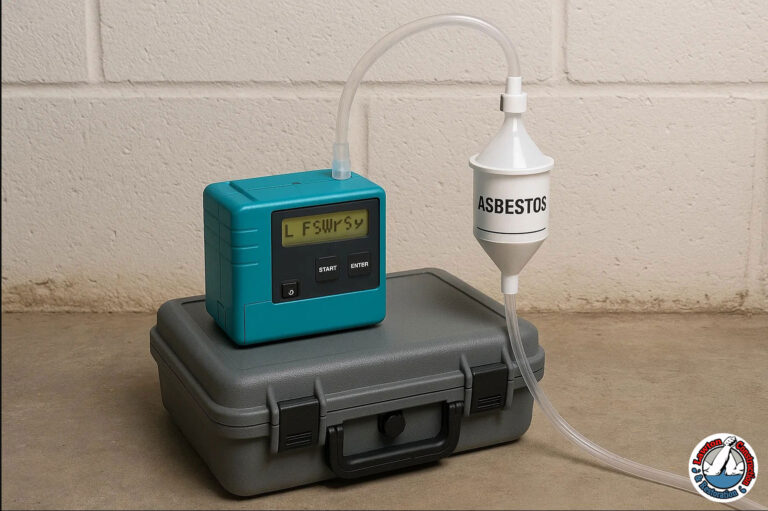
Using specialized pumps and filters, professionals collect air samples to test for airborne contaminants. This part is crucial, especially in enclosed environments like residential properties or commercial buildings where ventilation is limited.
- Air is typically sampled over several hours
- Equipment is placed at breathing-zone height
- Results are measured in fibers per cubic centimeter (f/cc)
If the airborne fiber count exceeds safe levels, further remediation is required before anyone can re-enter.
✅ 3. Surface Sampling: When Visual Isn’t Enough
Sometimes, additional assurance is needed—especially in high-touch areas or where dust accumulation is likely. In these cases, air sample collection is paired with surface wipe testing.
This process helps confirm that hidden or settled particles aren’t waiting to become airborne again. It’s an added layer of protection and often used in stricter jurisdictions or sensitive environments.
✅ 4. Laboratory Analysis: Where the Data Speaks
Once the air and surface samples are collected, they’re sent to a certified lab for laboratory analysis of asbestos fibers. Trained technicians use polarized light microscopy (PLM) or transmission electron microscopy (TEM) to detect and measure fiber content.
What comes back is not just a report—it’s your evidence. These results are often required for:
- Final asbestos inspection clearance
- Regulatory documentation
- Real estate transactions or insurance claims
Why It All Matters
Each component of asbestos clearance testing plays a specific role in confirming safety. Skipping a step—or hiring someone who cuts corners—puts your health, your property, and your legal standing at risk.
When performed correctly, this testing process provides more than just a clean bill of health. It delivers:
- Verified safety for re-occupancy
- Compliance with local and federal standards
- Peace of mind for everyone involved
So the next time someone says, “The asbestos is gone—you’re good to go,” you’ll know better. True safety starts with knowing what’s still there—and what isn’t.
3. When and How Clearance Testing Should Be Conducted
So, when should you schedule asbestos clearance testing—and how exactly does it work?
If you’re unsure, you’re not alone. Timing and process are two of the most misunderstood parts of the post-removal journey. But don’t worry—we’re breaking it all down for you.
Clearance testing isn’t just another checkbox on a project to-do list. It’s a required safety measure that confirms whether it’s truly safe to return to the property. Skipping this step? Not an option—especially if you’re aiming for regulatory compliance in asbestos removal or meeting California asbestos testing requirements.
⏱️ When Should Clearance Testing Happen?
Timing is everything. The ideal moment for clearance testing is immediately after asbestos removal and site cleanup, but before any renovation, reconstruction, or re-occupancy begins.
Here’s why that matters:
- Testing too early? You risk inaccurate results due to ongoing disturbance.
- Testing too late? Renovation work may reintroduce contamination, invalidating your clearance results.
For best results:
- Ensure all abatement work is complete
- Confirm the work area is thoroughly cleaned
- Maintain containment barriers in place until testing passes
👷 Who Performs Asbestos Clearance Testing?
This isn’t a DIY job.
Only licensed and certified professionals should handle asbestos clearance testing. They are trained to identify trace levels of contamination and follow specific protocols required by state and federal laws.
In California, for example, it’s essential to hire someone familiar with state-mandated asbestos testing. If you’re asking, “Who performs asbestos clearance testing in California?”—the answer lies in certified industrial hygienists (CIHs) or qualified consultants accredited under programs like CAL/OSHA and the EPA.
🧪 What Does the Testing Process Look Like?
Here’s a simplified version of what you can expect during a typical clearance testing process:
- Pre-Test Inspection
The technician visually examines the area to verify all visible asbestos material and debris have been removed. - Air Sample Collection
Air pumps run for several hours to collect airborne particles using filters placed at various locations in the room. - Surface Testing (if applicable)
Dust wipe samples may be taken from walls, floors, vents, and other critical areas. - Laboratory Analysis
Samples are sent to a certified lab for asbestos fiber analysis, typically using EPA-approved testing methods. - Final Report & Clearance Certification
You’ll receive a detailed report indicating whether fiber levels fall within safe, legal limits. If they do—you’re cleared for re-entry.
📋 What You’ll Need for Official Clearance
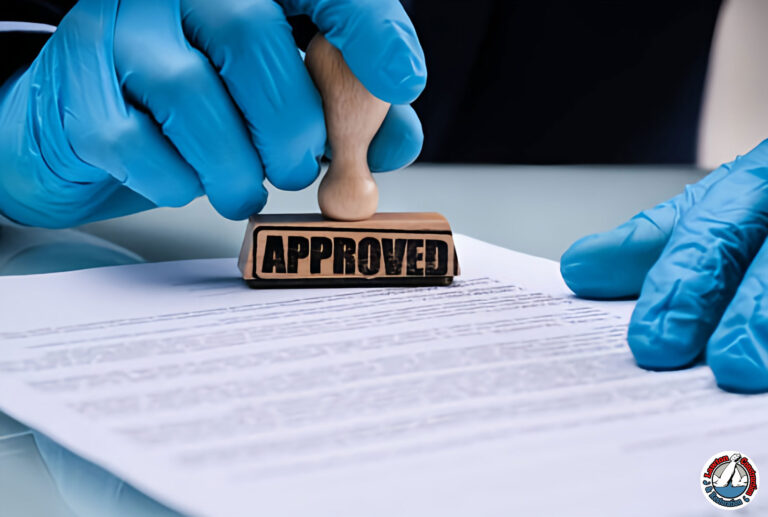
Once testing is complete and results come back clean, you’ll receive a clearance certificate—your official proof that the property is safe. This documentation is often required for:
- Insurance claims
- Real estate disclosures
- Building permits and occupancy certificates
Clearance testing may feel like one more step—but it’s the one that ensures everything that came before it was done right. And when it comes to your health, your home, or your legal standing, that final check is not just smart—it’s absolutely essential.
4. Choosing a Reliable Clearance Testing Provider
Let’s be honest—anyone can say a space is safe. But when it comes to asbestos, trust isn’t earned through words alone. It’s earned through proper certifications, proven expertise, and a solid reputation. So how do you find someone qualified to conduct asbestos clearance testing with confidence?
This part is more important than most people realize. Choosing the right provider ensures not only accurate testing but also compliance with California asbestos abatement laws and other local regulations that could impact your project—and your peace of mind.
🎯 What to Look for in a Qualified Testing Provider
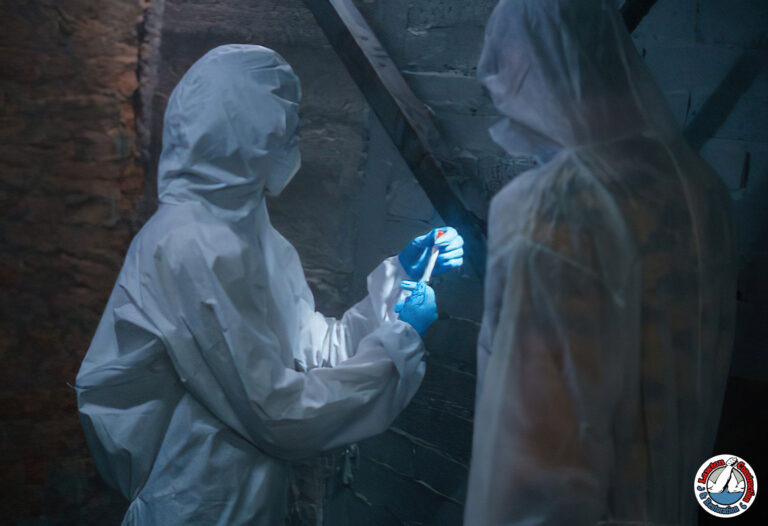
Not all asbestos professionals are created equal. Before you hire someone to certify your space for safe re-entry after asbestos, be sure they check the following boxes:
- State Licensing & Accreditation
Ensure the provider is licensed to operate in your state. In California, for instance, professionals must meet legal asbestos clearance requirements and be certified through CAL/OSHA or a similar authority. - Third-Party Status
Your clearance tester should not be the same contractor who performed the asbestos removal. Independent third-party testing helps avoid any conflict of interest and ensures impartial results. - Experience with Residential and Commercial Properties
Look for specialists who have worked across various property types—especially if you need residential asbestos clearance in California. Experience means they know what red flags to watch for and how to handle complex sites. - Clear Documentation and Reporting
The right provider will walk you through the process, explain your lab results clearly, and provide a legally recognized asbestos clearance certification.
❓ Questions to Ask Before Hiring
Still not sure who’s the right fit? These questions can help you vet your options:
- Are you licensed and certified for asbestos clearance testing in California?
- Do you work independently from the removal contractor?
- Can you provide references or case studies of similar projects?
- How long will testing and analysis take?
- What happens if the site doesn’t pass clearance the first time?
If a provider struggles to answer these—or avoids the questions altogether—consider that a red flag.
🚩 Signs You Should Walk Away
Unfortunately, not every testing company meets the gold standard. Be wary of:
- Vague or incomplete documentation
- Unwillingness to share credentials or licenses
- “Too good to be true” pricing
- Promises of fast results without lab analysis
Cutting corners in this stage can cost you more down the line—in health, legal penalties, or expensive rework.
Choosing the right asbestos testing provider is more than just ticking a box—it’s about ensuring peace of mind, confirming compliance, and making sure you or your tenants can re-enter the space safely and legally.
Because when the stakes are this high, you want to be 100% sure. Not 99%.
5. The Benefits of Proper Clearance Testing
By now, you might be thinking, “Is all this really necessary?” The answer is a resounding yes—and here’s why.
Asbestos clearance testing isn’t just a legal requirement or an industry formality. It’s the final, vital step in protecting what matters most: your health, your property, and your peace of mind. Whether you’re overseeing a home renovation or managing a commercial site, skipping this process could lead to serious consequences down the road.
Let’s take a closer look at the benefits that make clearance testing not just important—but absolutely essential.
💨 1. Safeguards Health Long After Removal
Even after asbestos has been removed, tiny, airborne fibers can still linger undetected. Without asbestos re-occupation testing, there’s no reliable way to know if the air you’re breathing is truly safe.
Clearance testing ensures:
- The air is free of hazardous particles
- Surfaces aren’t contaminated with asbestos dust
- The space meets safe re-entry standards for occupants and workers
When it comes to peace of mind asbestos removal, nothing is more powerful than verified results confirming your space is genuinely safe.
🛡️ 2. Helps You Stay Compliant and Avoid Legal Issues
Let’s face it—noncompliance with regulatory asbestos removal laws isn’t just risky; it can be expensive. Clearance testing helps you meet California asbestos testing requirements and other local or federal guidelines.
Without a proper final asbestos inspection, you could face:
- Fines or project shutdowns
- Delays in occupancy permits or real estate transactions
- Lawsuits from tenants or buyers exposed to residual asbestos
Having documented proof of compliance protects you legally and shows you’ve taken every precaution.
🏠 3. Boosts Property Value and Buyer Confidence
If you plan to rent, sell, or refinance the property, having an official asbestos clearance certification can be a major asset. Buyers and tenants want assurance that the environment is safe—and clearance documentation delivers just that.
It signals:
- Responsibility and professionalism
- Long-term health and safety considerations
- Fewer risks for new occupants
For homeowners, this can even translate to a higher selling price. For businesses, it reassures clients and employees alike.
🔁 4. Prevents Repeat Work or Costly Re-Remediation
Imagine completing a renovation, only to discover that asbestos was never fully cleared. That scenario leads to expensive rework, delayed timelines, and avoidable headaches.
Clearance testing helps you:
- Catch problems early
- Avoid re-opening completed areas
- Prevent cross-contamination into other parts of the property
An ounce of prevention really is worth a pound of cure—especially when asbestos is involved.

✅ Peace of Mind, Backed by Data
At the end of the day, proper clearance testing isn’t just about meeting codes—it’s about confirming asbestos removal success with confidence. It gives you hard proof that you’ve done everything right and provides clarity to anyone entering the space after you.
Because when it comes to asbestos, “probably safe” just doesn’t cut it.
In short, proper asbestos clearance testing protects your health, your wallet, your reputation—and gives you peace of mind you can truly breathe easy with.
Conclusion: Clear Results. Real Peace of Mind.
So, where do you stand now?
If you’ve made it this far, you already understand that post-asbestos removal is more than just a milestone—it’s a moment that demands precision, care, and verification. Whether you’re managing a commercial property or reclaiming the safety of your family home, one thing is clear: asbestos clearance testing is not optional—it’s essential.
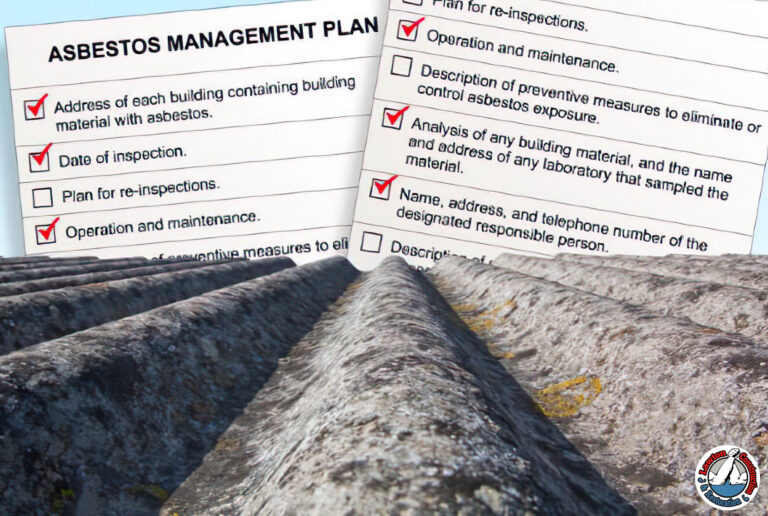
Think about it. Would you really want to re-enter a space without knowing for sure it’s safe? Without asbestos air monitoring after removal, or a proper asbestos visual inspection post-removal, there’s no way to confidently say the danger is truly gone. And when it comes to asbestos, “maybe” is never good enough.
Instead, imagine the confidence of having a certified final asbestos inspection, backed by professional analysis and a documented asbestos clearance certification. That’s not just compliance—it’s clarity. That’s not just a process—it’s peace of mind asbestos removal done right.
Here’s the bottom line:
- If you’re in California, know that state-mandated asbestos testing is there to protect you—not slow you down.
- If you’re a homeowner, builder, or buyer, recognize that confirming asbestos removal success is your insurance against future health risks.
- And if you’re unsure where to start—don’t go it alone. Work with certified professionals who can guide you through every step of safe re-entry after asbestos.
Because when your health, property, and future are on the line, the only acceptable level of certainty… is 100%.
Ready to breathe easy again? Start with testing. End with peace of mind.
